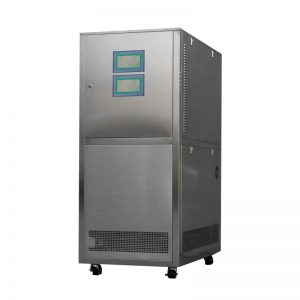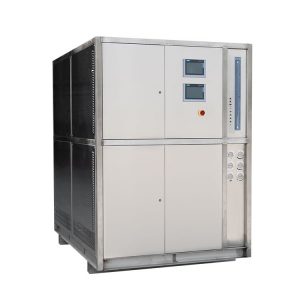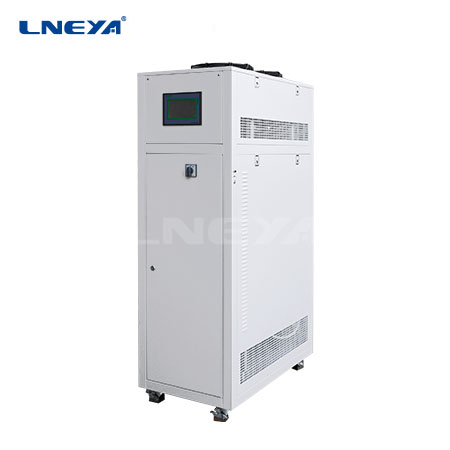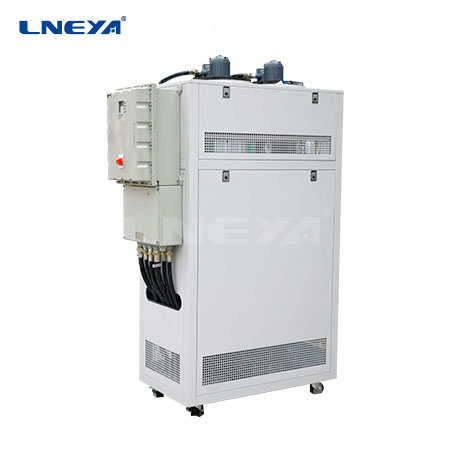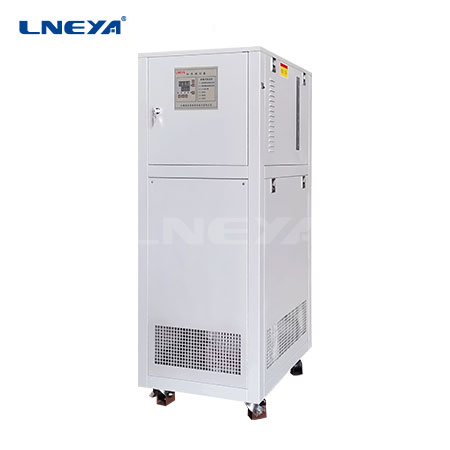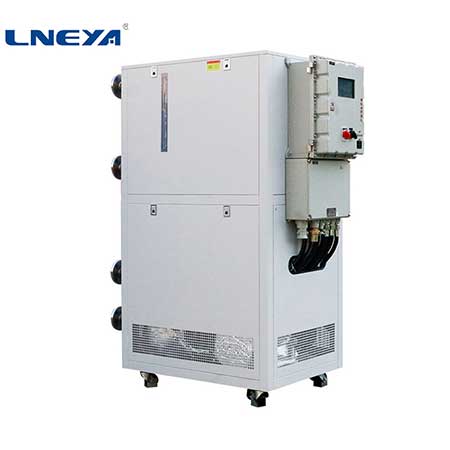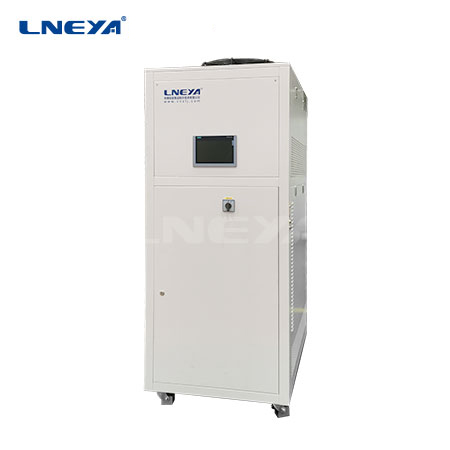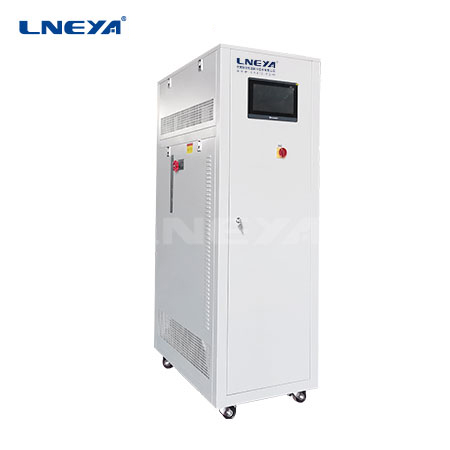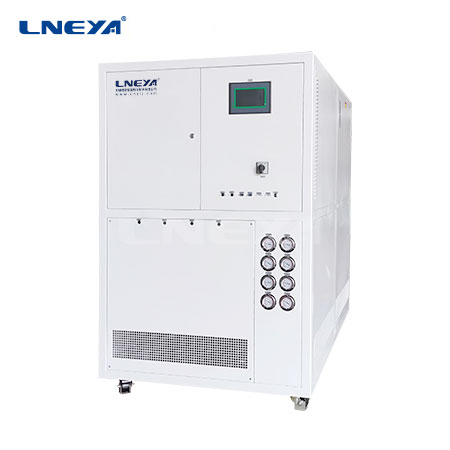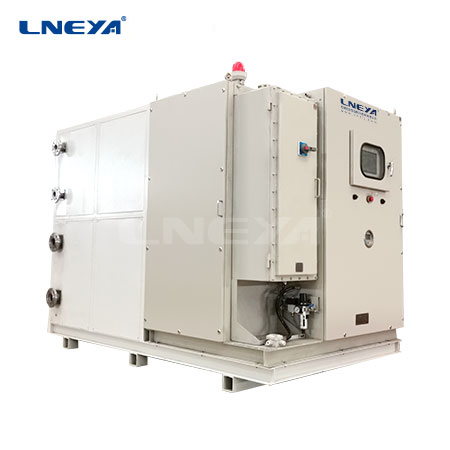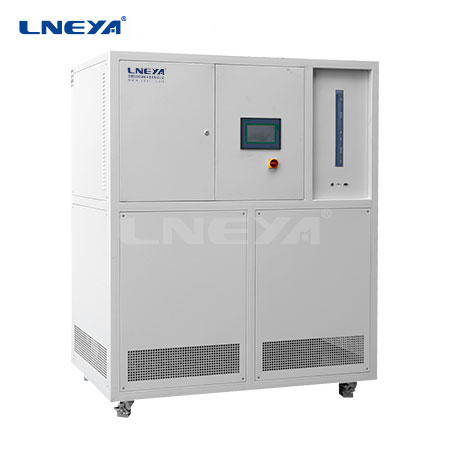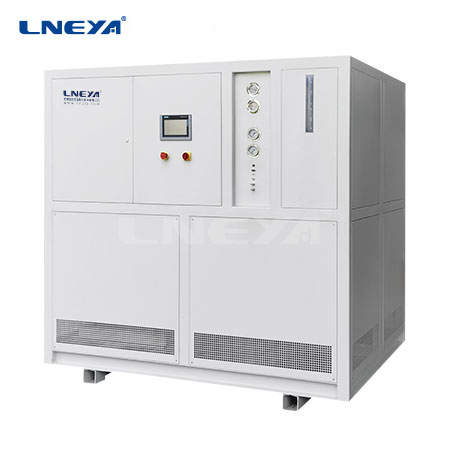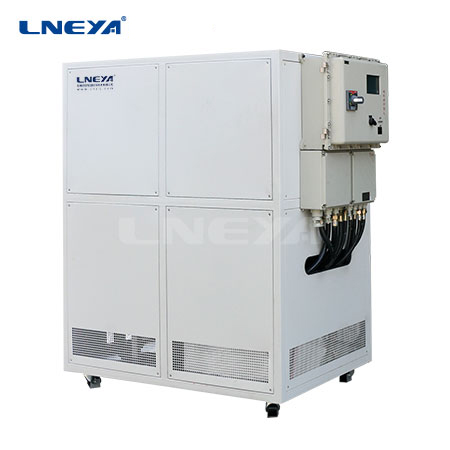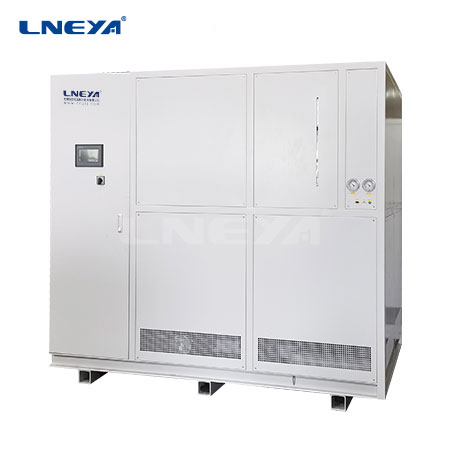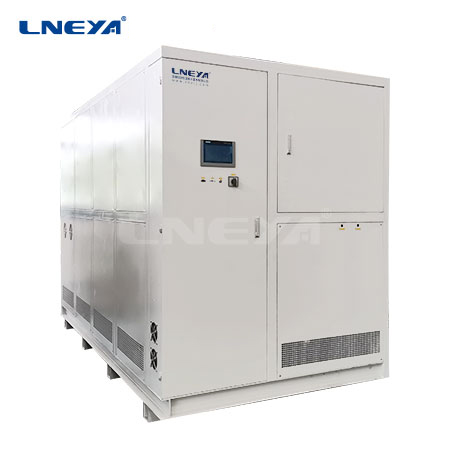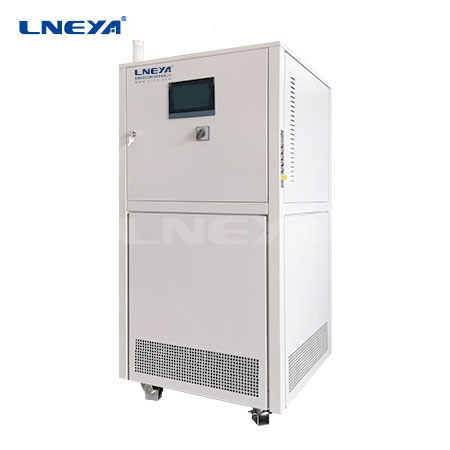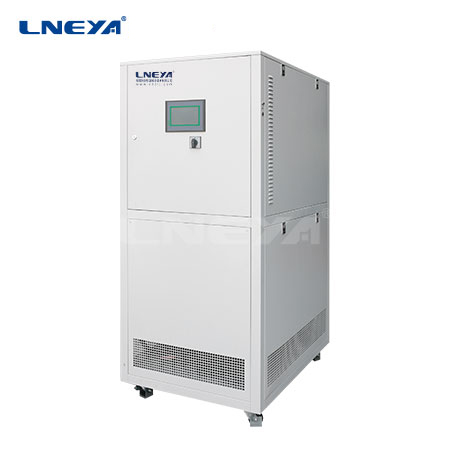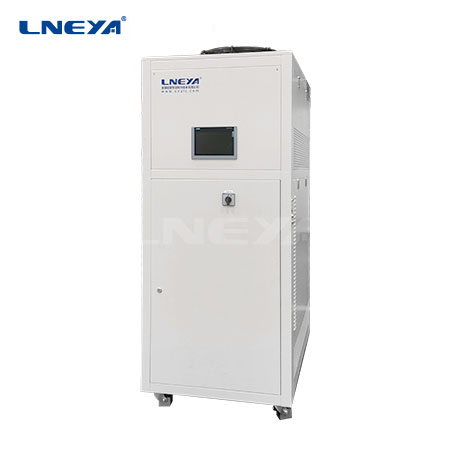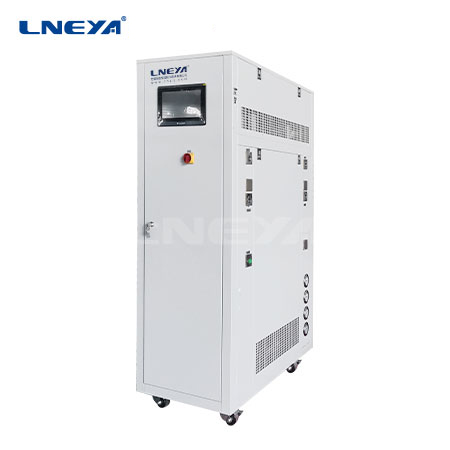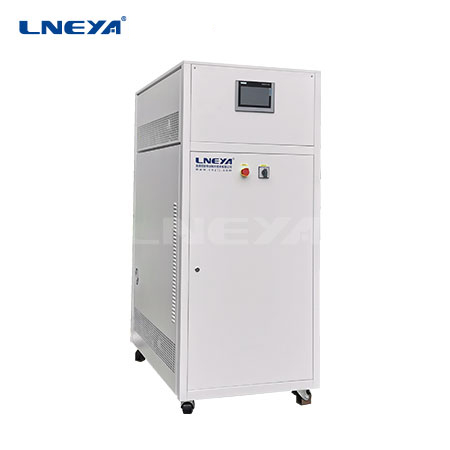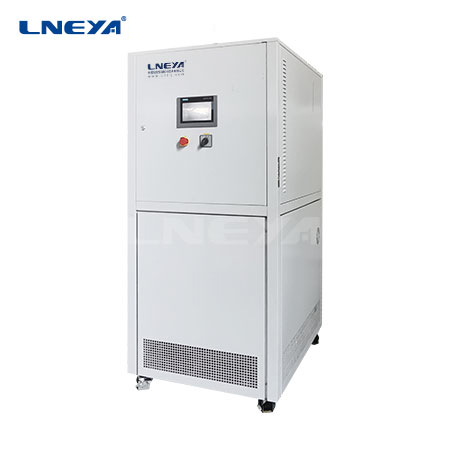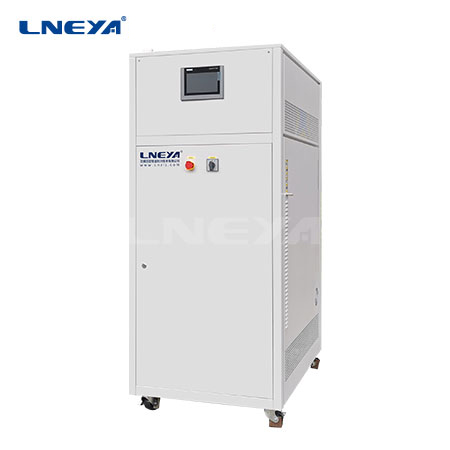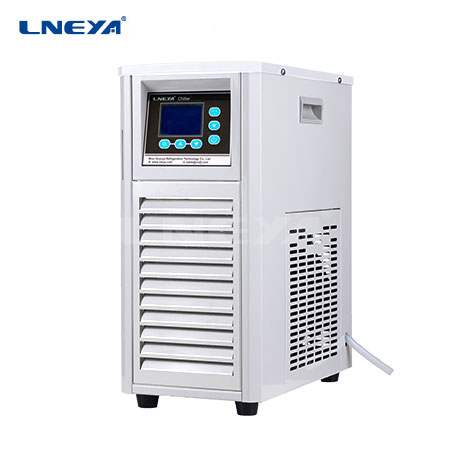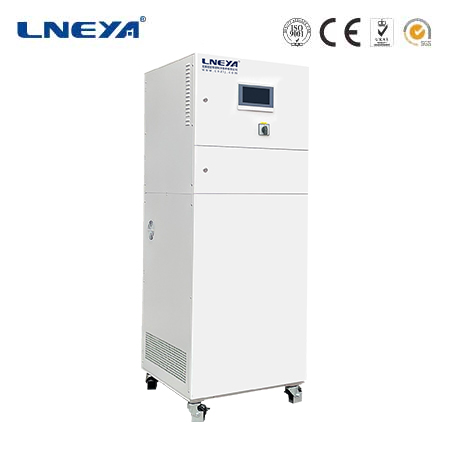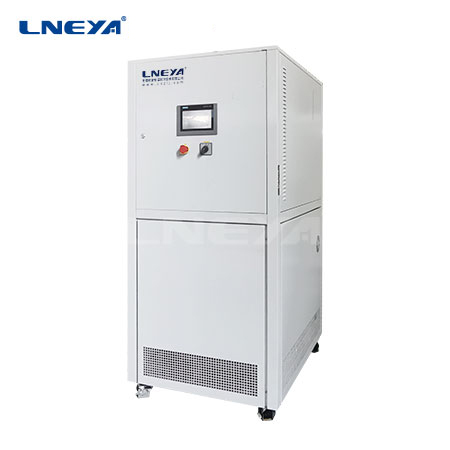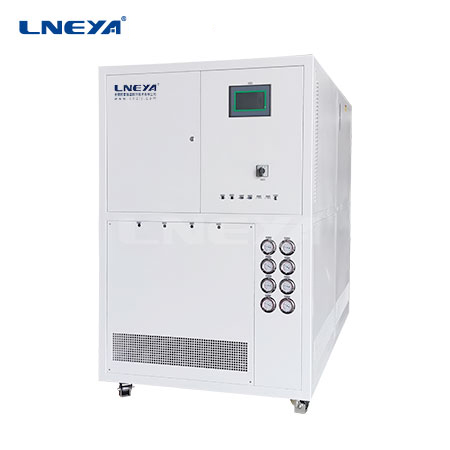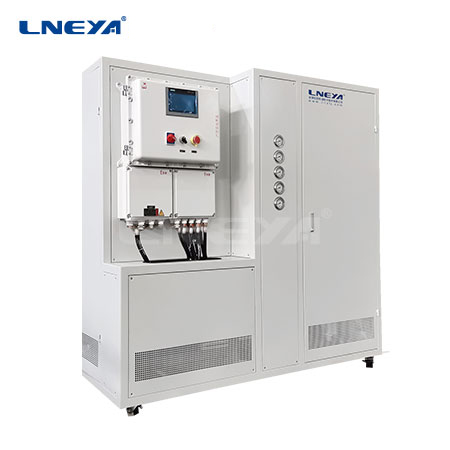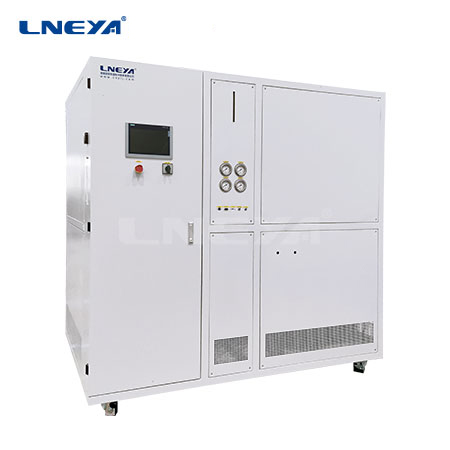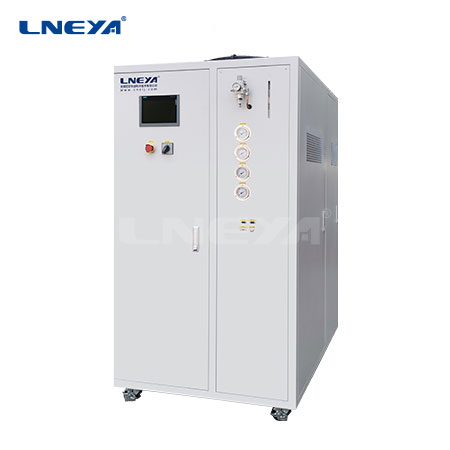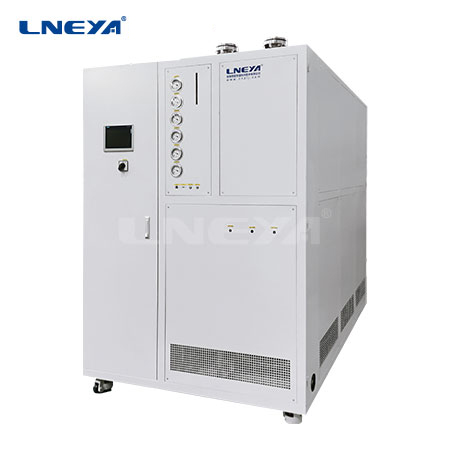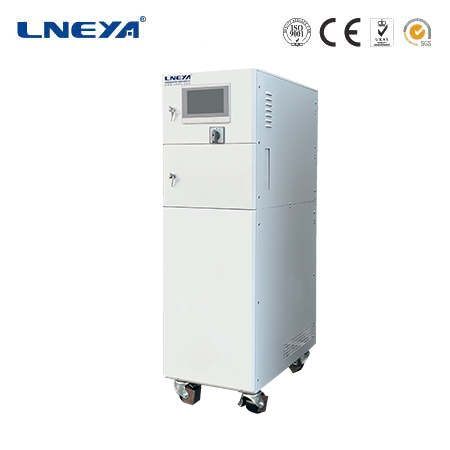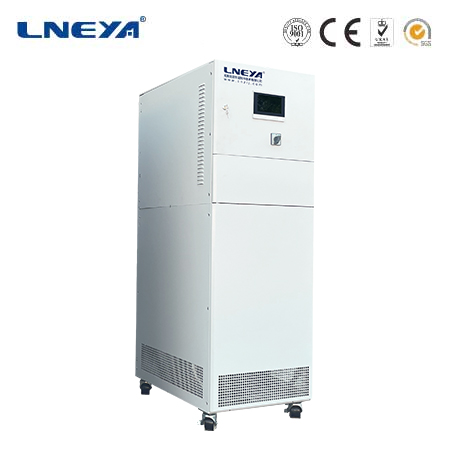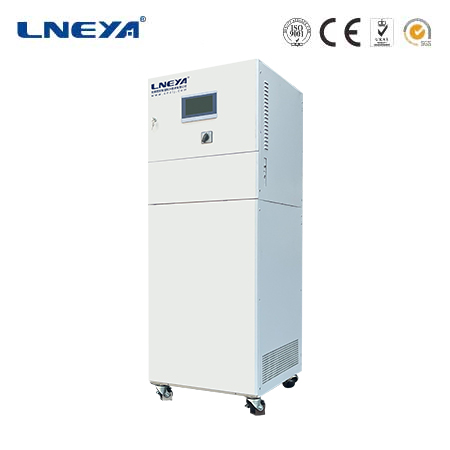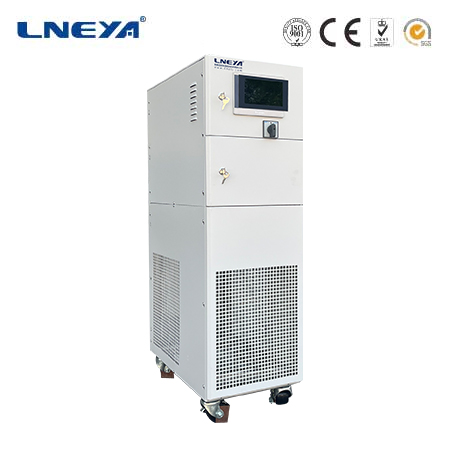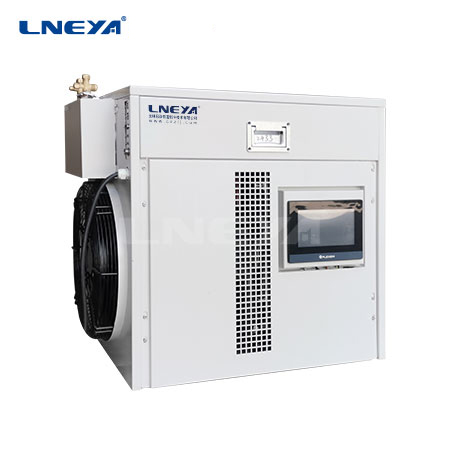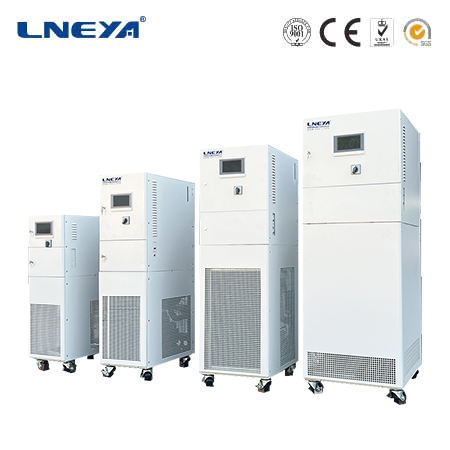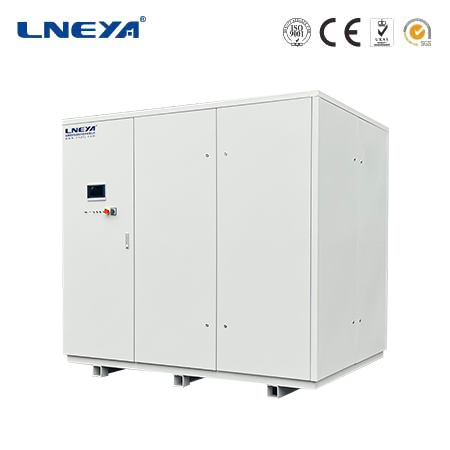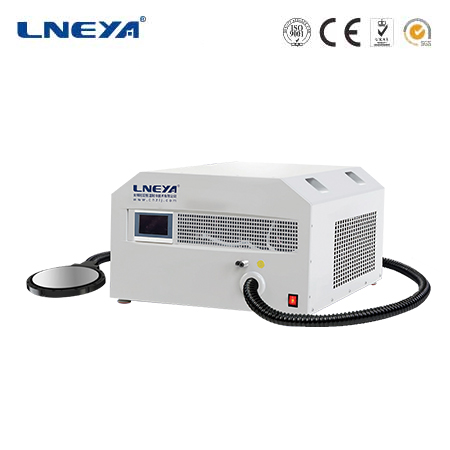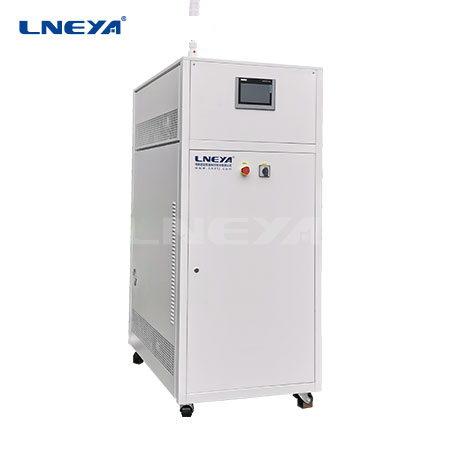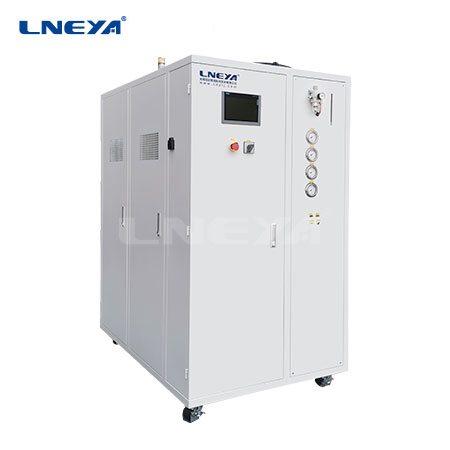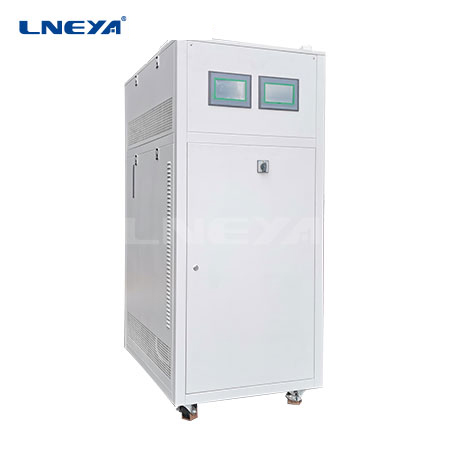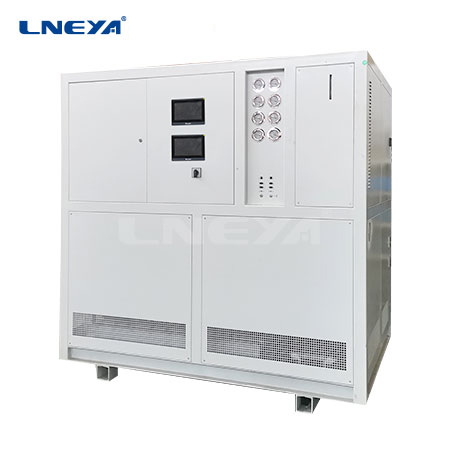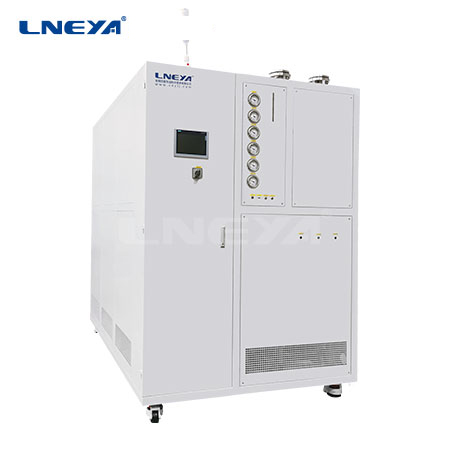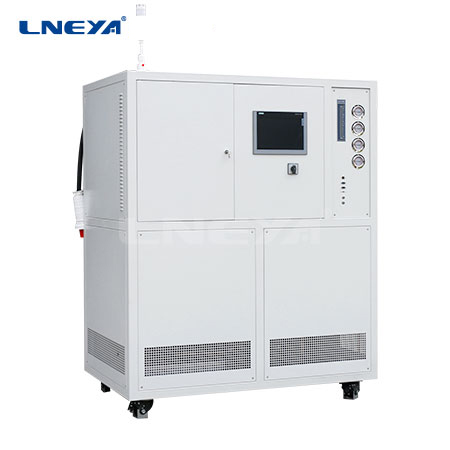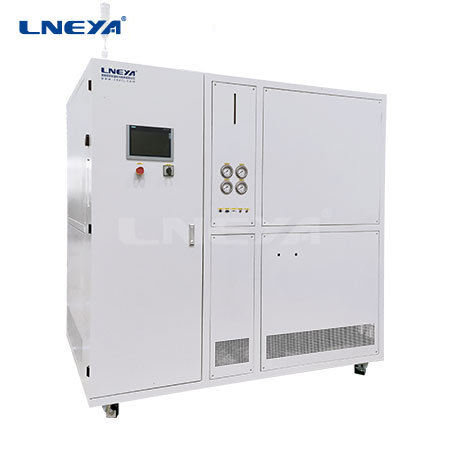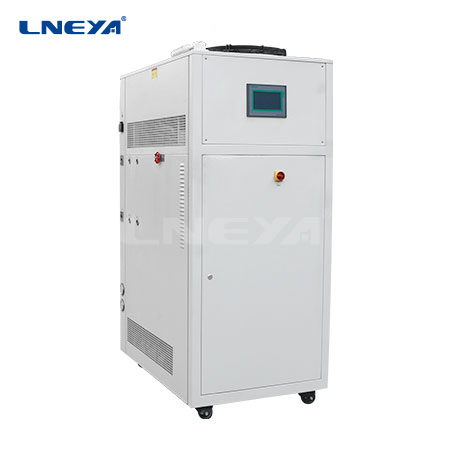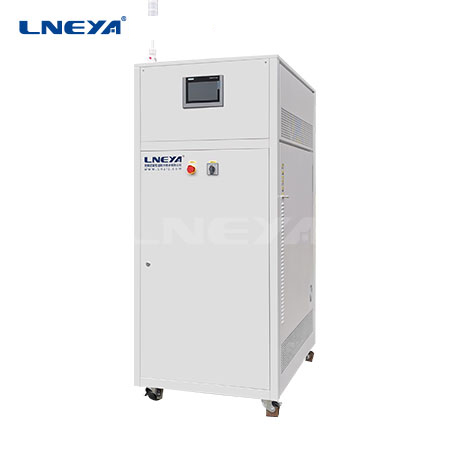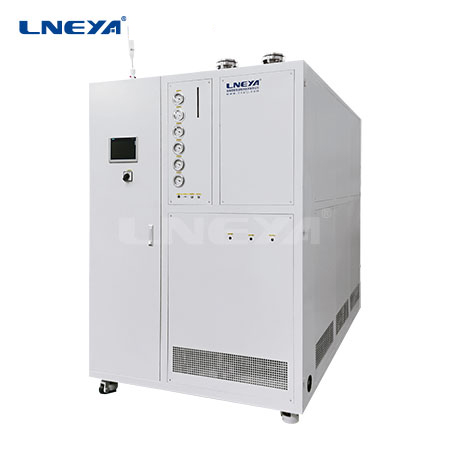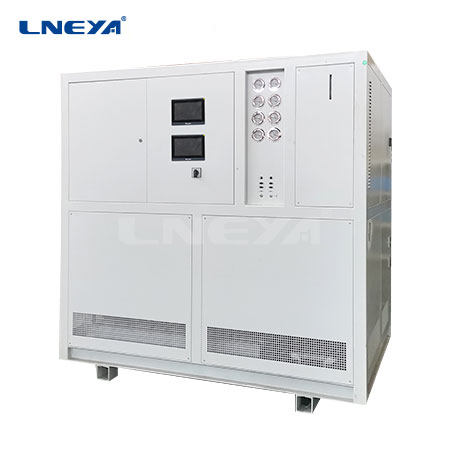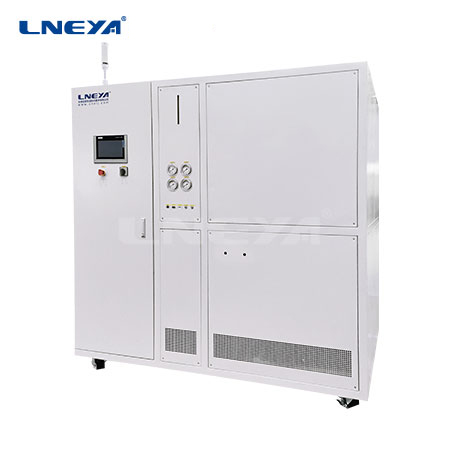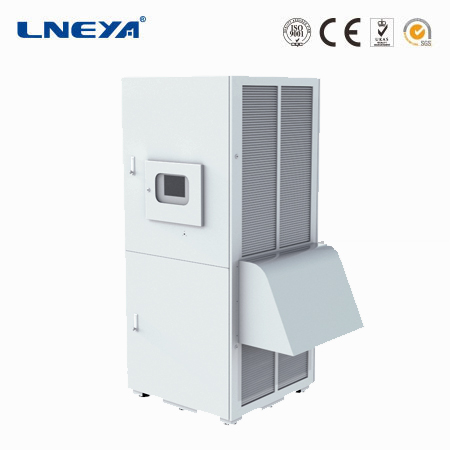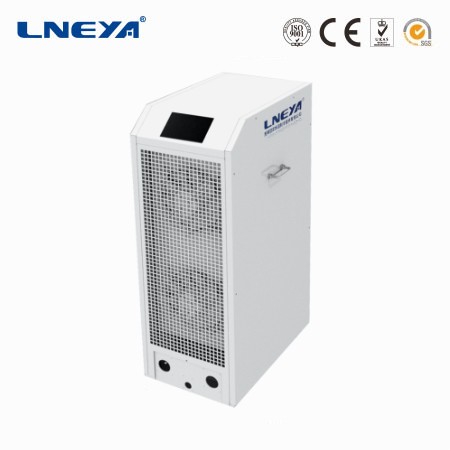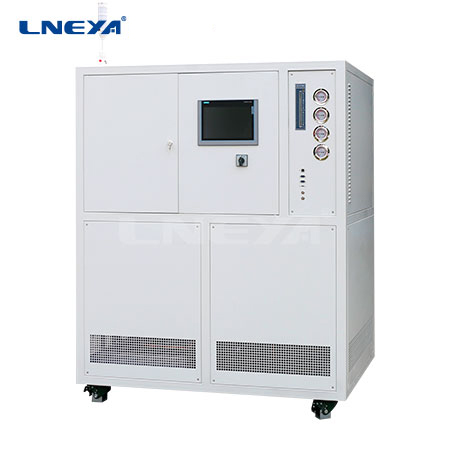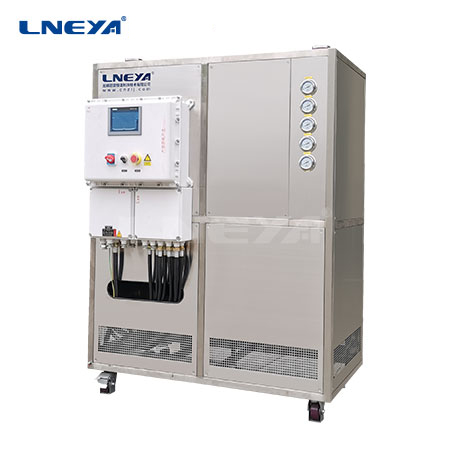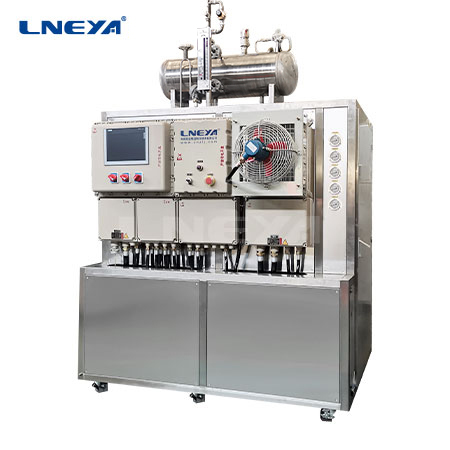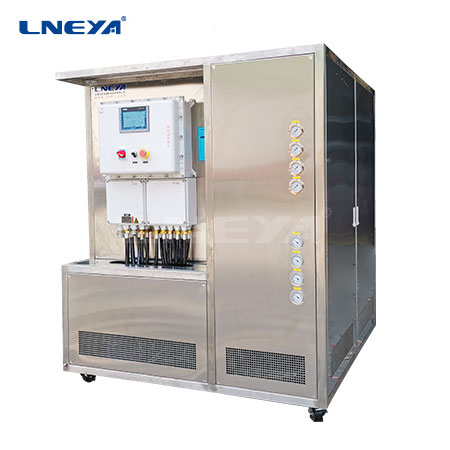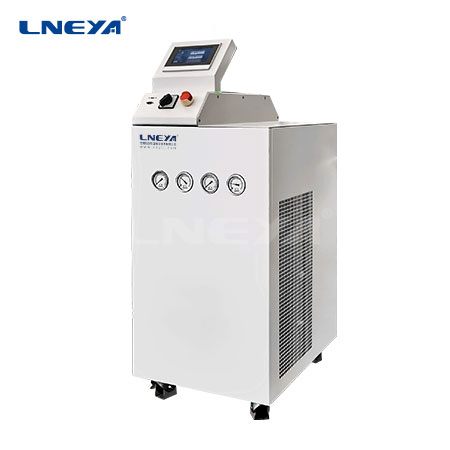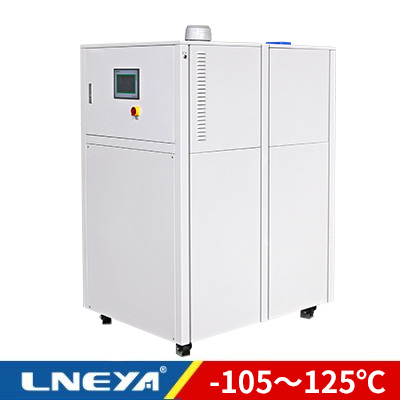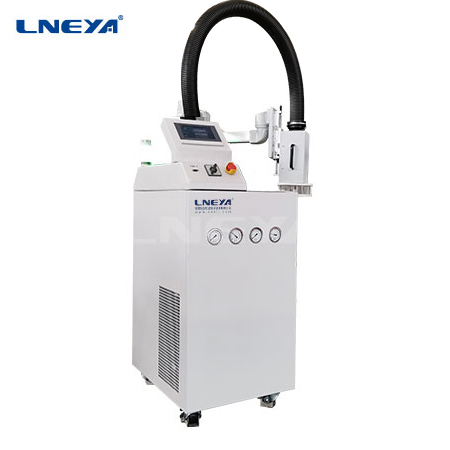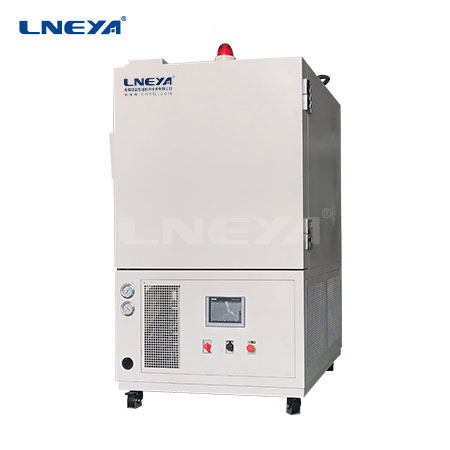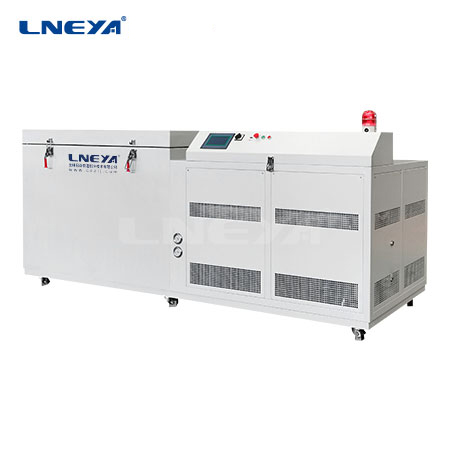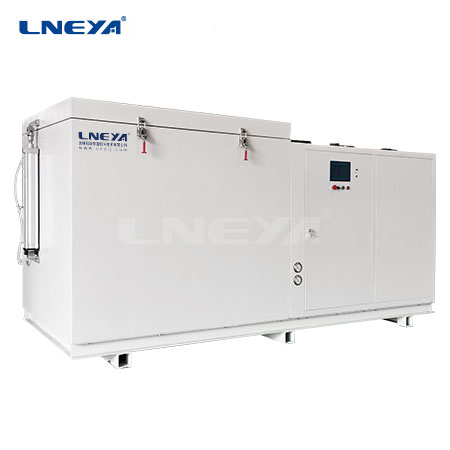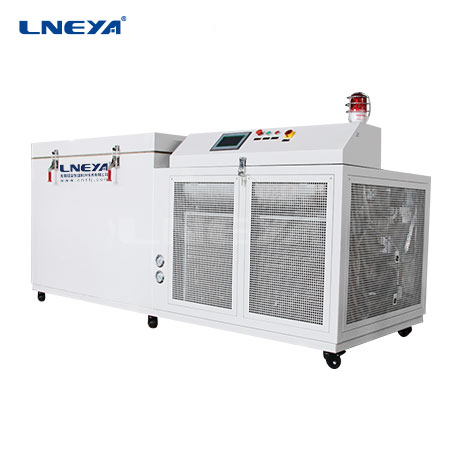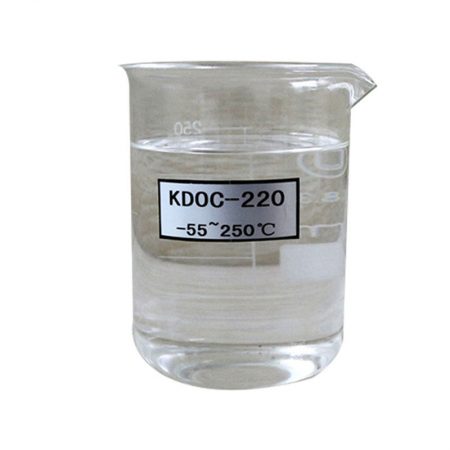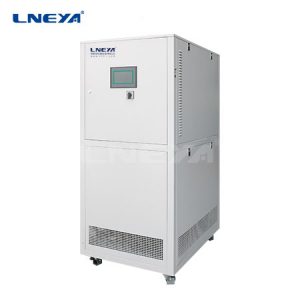Closed-Loop Chillers
A closed-loop chiller is a closed-loop system that uses refrigerant to exchange heat for industrial or commercial applications. These chillers use a variety of coolants, including water, glycol, and oil-based coolants.
Many industries today rely on closed-loop chiller systems. For example, big tech companies run data servers that rely on air conditioners and chillers to remove heat from powerful electronics. Air conditioners and chillers are both closed-loop systems because they recycle the air and water used to extract heat. Air conditioners reuse air, while chillers reuse cooling water.
How does a closed loop chiller system work?
Closed-loop chiller systems reuse coolant instead of releasing it. This system prevents the coolant from coming into direct contact with the air with anything other than the chiller system itself. This is the key difference between closed loop and open loop coolers. Where the chiller is attached to the cooling tower, allowing direct air-to-water surface contact. In the absence of air, closed loop coolers prevent air contaminants from penetrating the cooling system.

Benefits of Closed Loop Chiller Systems
There are many benefits to using a closed loop chiller, chief among them saving money and reducing waste.
1. Use less water/coolant
Water and coolant are resources that your process consumes. Due to the necessity of these materials in your cooling plan, the cost of purchasing coolant can quickly multiply. Save costs by reusing water and coolant in a closed loop system.
2. Takes up less space
No one has infinite space within their facility. Closed loop coolers have the advantage of taking up only a small amount of space due to the lack of coolant feed and waste lines.
3. Less energy consumption
Fewer pumps means less equipment to power. Save electricity costs and reduce the electrical load required by your facility by using closed-loop chillers in your cooling program.
4. Precise temperature maintenance
Temperature fluctuations can be easily mitigated by reusing water and coolant within the chiller system. Also, less power is required to bring the temperature back into the required range, which also saves money.
5. Save operating costs
Reusing water and coolant also reduces costs associated with disposing of spent coolant. In some regions, companies that generate emissions are taxed. Avoid these expenses by using a closed loop chiller system.
6. Comply with emissions regulations
Emission regulations are more common than ever. The cost and labor associated with complying with these regulations can quickly reduce your profit margins. By using a closed-loop chiller, users can eliminate nearly all emissions and eliminate the need to comply with emissions disposal regulations.
7. Low maintenance cost

Closed-loop chillers require little routine maintenance. Sometimes it’s just a matter of checking them for corrosion or buildup of deposits inside the chiller, otherwise the chiller will keep running on its own.
Disadvantages of closed loop chiller systems
Closed loop chillers are not the perfect final cooling solution. While there are many benefits to using them in your process cooling system, the disadvantages of these chillers must be considered.
1. Corrosion
Corrosion can be a problem due to the buildup of material inside the system. This corrosion can be caused by glycol decomposition, mineral scaling, and unfiltered deposits.
2. Preventive maintenance
A potential treatment plan to ensure that mineral or organic deposits do not affect the efficiency of the chiller. Part of your cooling plan needs to consider when and how you plan to remove deposits from your equipment.
Email: info@lneya.com WeChat ID: +8615251628237 WhatsApp: +86 17851209193
 Precision Chillers / Small Chillers (Custom Designs)
Precision Chillers / Small Chillers (Custom Designs)
The chiller can be widely used in various industries and laboratories, and supports customized design.
| Temperature range | -18°C ~ +30°C | +5°C ~ +35°C series |
| Cooling Capacity | 0.35 ~ 0.9kW | 1.8 ~ 50kW |

Recirculating Chillers (Custom Designs)
Our recirculating chiller adopts low-temperature refrigeration technology, the temperature is as low as -120℃, and various accessories are customizable.
| Temperature range | -25°C ~ +30°C series | -45°C ~ +30°C series | -60°C ~ -20°C series | -80°C ~ -20°C series | -120°C ~ -70°C series |
| Cooling Capacity | 0.8 ~ 30kW | 0.75 ~ 12kW | 0.4 ~ 6kW | 0.2 ~ 6kW | 0.3 ~ 5kW |

Low Temperature Chillers (Custom Designs)
We specialize in the production of low-temperature chillers with a temperature control range as low as -150°C, which can meet the refrigeration needs of different industries.
| Temperature range | -25°C ~ -5°C series | -45°C ~ -10°C series | -60°C ~ -10°C series | -80°C ~ -30°C series | -110°C ~ -50°C series | -150°C ~ -110°C series |
| Cooling Capacity | 12 ~ 360kW | 6 ~ 180kW | 6 ~ 180kW | 4 ~ 180kW | 2 ~ 120kW | 2.5 ~ 11kW |
Temperature simulation for vehicle quality test: battery life test, fuel injector/motor test bench, airbag test, component test bench, etc.

Suitable for precise temperature control of electronic components. In the manufacture of semiconductor electronic components for harsh environments, the IC packaging assembly and engineering and production testing phases include electronic thermal testing and other environmental testing simulations.

Chillers for Energy Storage(Custom Designs)
Liquid Cooling Solutions For Battery Energy Storage Systems
| Temperature range | -45°C ~ +55°C |
| Cooling Capacity | 45kW |

Screw Chillers (Custom Designs)
Low temperature screw chillers and room temperature screw chillers
| Temperature range | +5°C ~ +30°C | +5°C ~ +30°C | +5°C ~ +30°C | +5°C ~ +30°C | -25°C ~ +5°C | -25°C ~ +5°C |
| Cooling Capacity | 107 ~ 1027kW (Single Compressor) | 299 ~ 2134kW (Dual Compressor) | 98 ~ 934kW (Single Compressor) | 272 ~ 1940kW (Dual Compressor) | 48 ~ 467kW (Single Compressor) | 51 ~ 497kW (Single Compressor) |
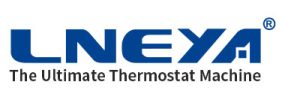 LNEYA
LNEYA
 简体中文
简体中文










